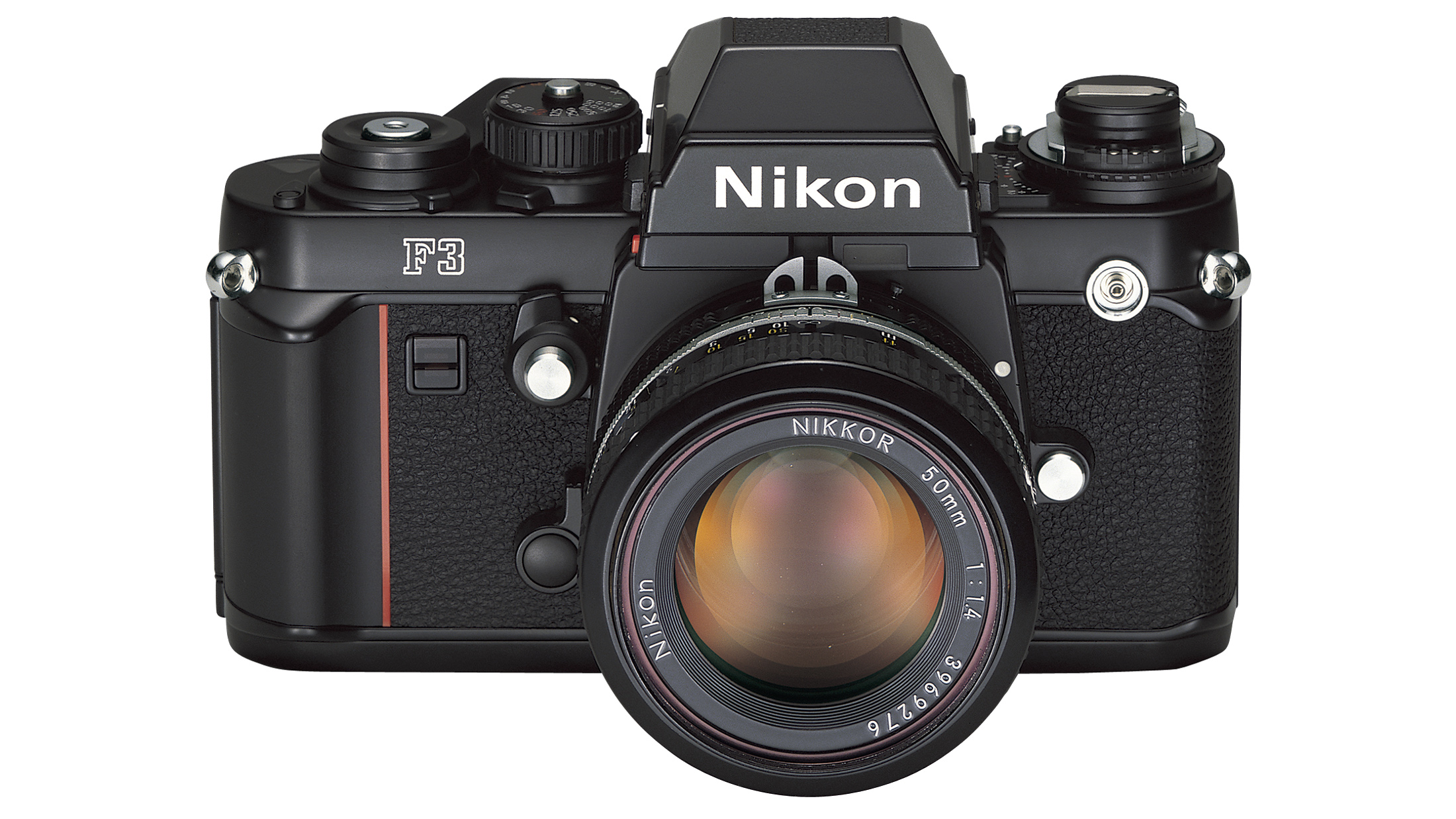Vivo X Fold 3 Pro gets largest sensor of any foldable ever and Zeiss telephoto camera. We try it out
The Vivo X Fold 3 Pro's camera is impressively uncompromising with Zeiss optics, a periscope camera and class-leading sensors

Foldables always sacrifice camera quality thanks to their extra thickness, moving parts and hinge, and the fact they have to squeeze in two screens, but the Vivo X Fold 3 feels like the lowest-compromise foldable to date.
While Samsung hass enjoyed a monopoly on the big-screen foldable market with its Galaxy Z Fold line – the Z Fold 6 being the latest addition – and the Google Pixel Fold's clunky design let it down, lesser-known smartphone makers have been making much more compelling foldable camera phones.
The OnePlus Open set the trend in motion, featuring a periscope camera and a Sony LYTIA-808 stacked primary sensor, and bringing back its Hasselblad co-branding to great effect when we tested it. It launched globally in 2023, and you can buy it right now. In China, phones like the Xiaomi Mix Fold 3 also ship with a periscope camera and Leica co-engineering.
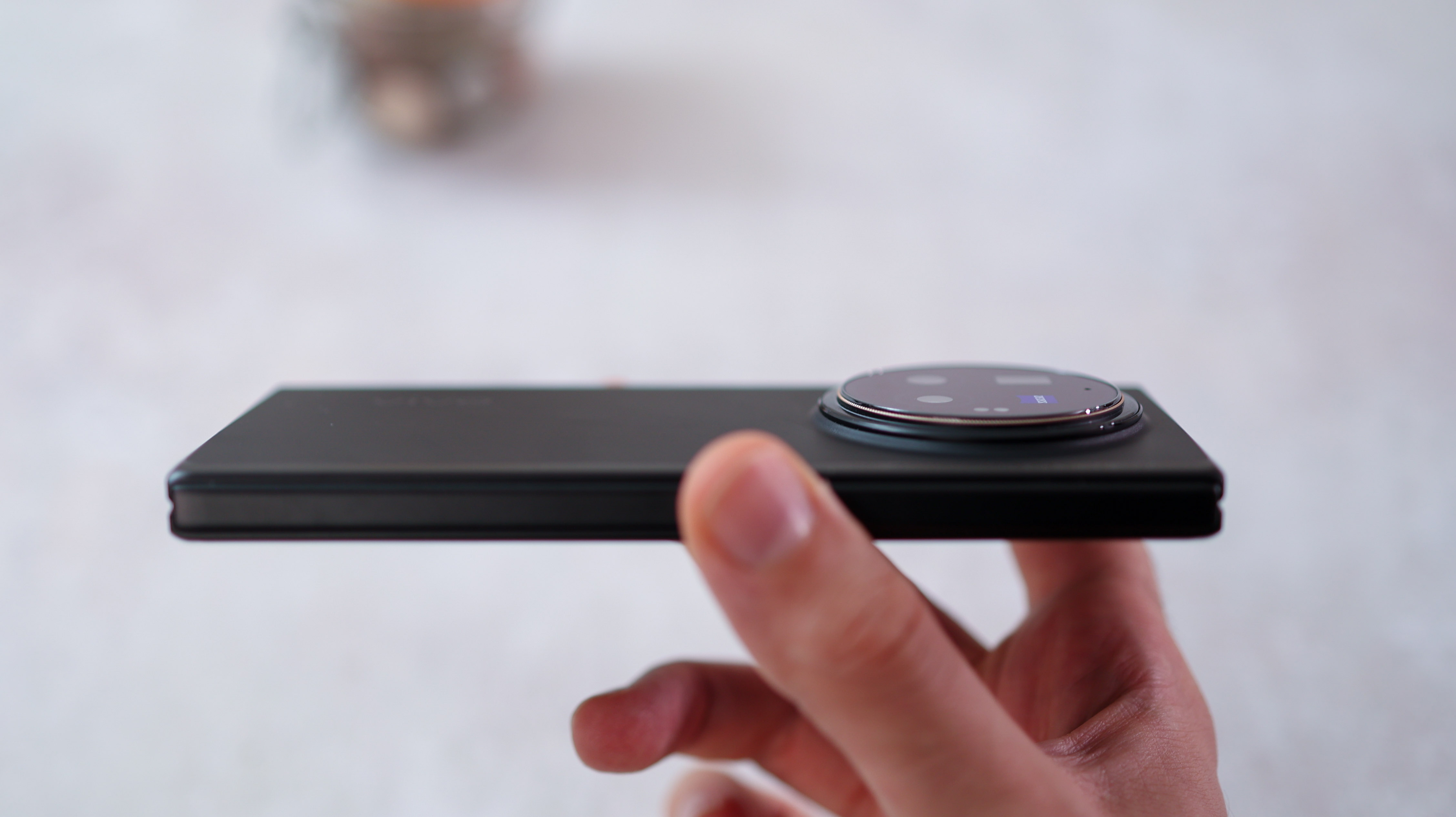
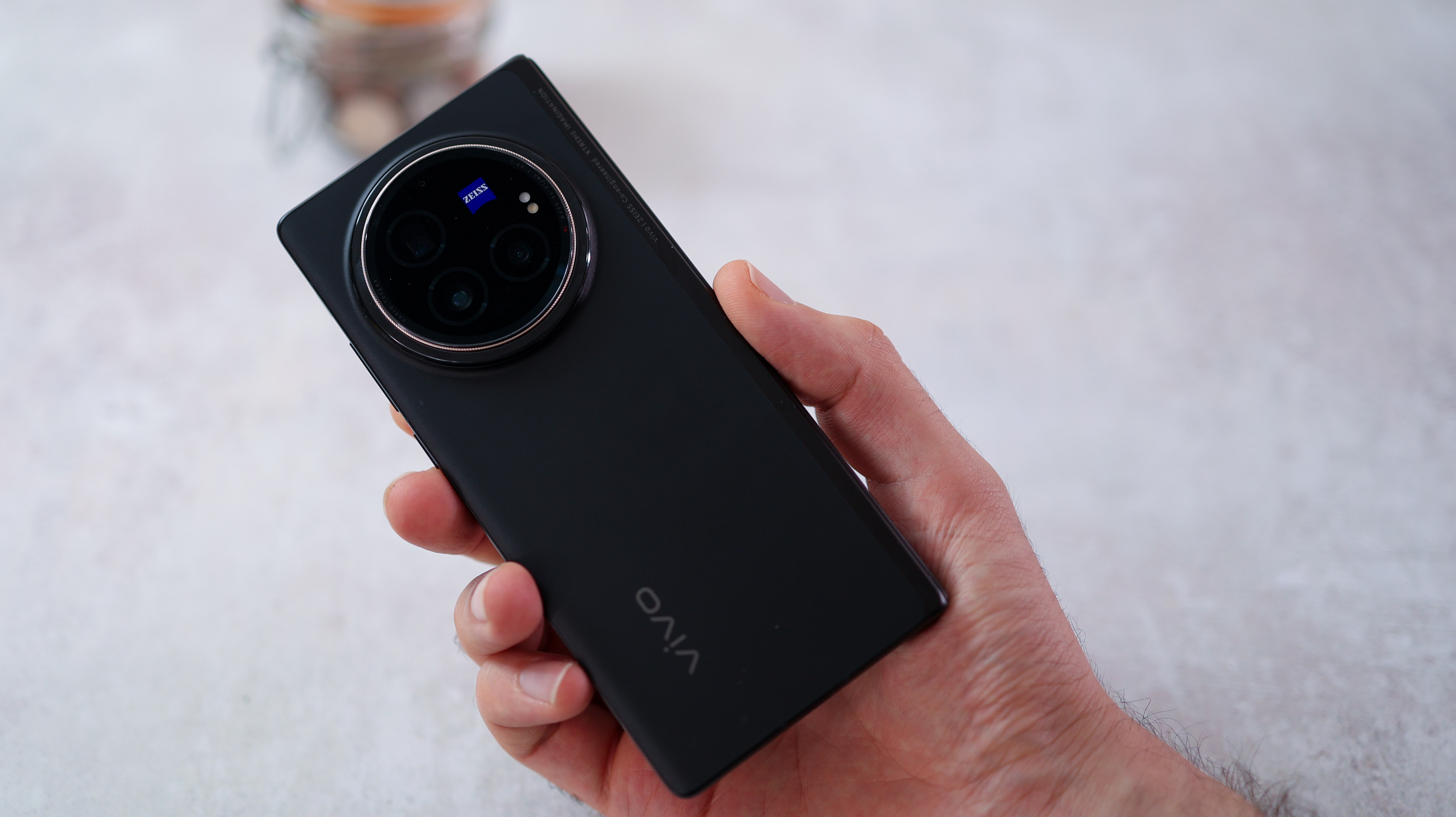

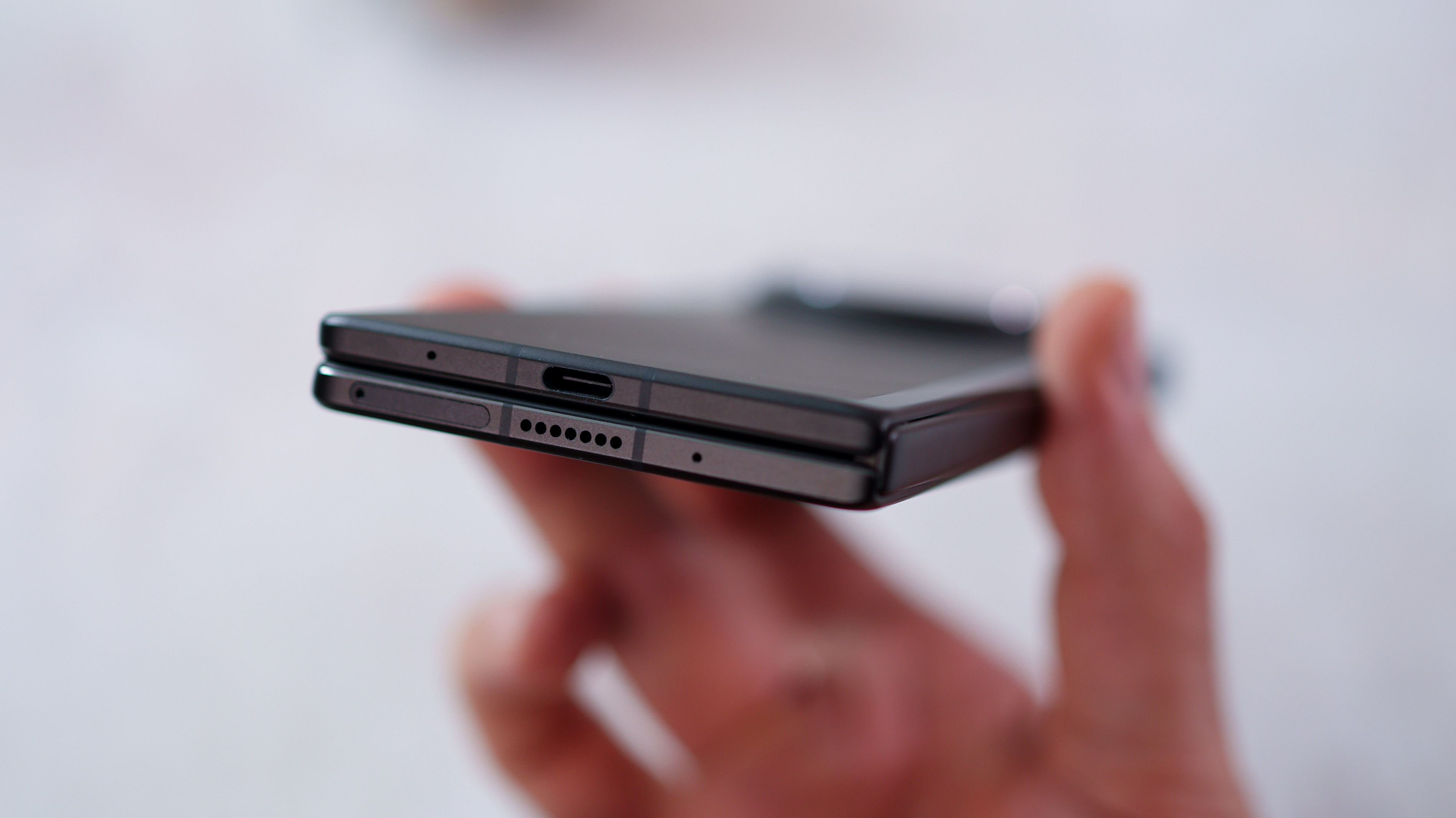
The new X Fold 3 Pro brings Vivo and Zeiss’s impressive image processing we saw on the Vivo X100 Pro to a foldable form, with a primary 1/1.3-inch sensor – around the same size as the iPhone 15 Pro’s main camera – and a 64MP periscope camera, plus an autofocusing 50MP wide angle camera. Vivo also crams in the largest battery of any foldable, while making the X Fold 3 Pro lighter than an iPhone 14 Pro Max.
The problem with Vivo
The main issue with Vivo phones has been their limited availability. Most of its phones, including the X100 Ultra – regarded as the best camera phone around by many – are only available in China. The X Fold 3 Pro also has limited availability, with the recent launch outside China being limited to India and potentially some other markets in the future.
An Indian launch is excellent for enthusiasts in the West. For starters, it’s the first Vivo foldable to launch outside China. It also means anyone looking to import the phone with Western services, including Google Wallet, Android Auto, and the Google Play Store, can do so without any headaches. For typical smartphone buyers, though, importing a pricey foldable isn’t realistic.
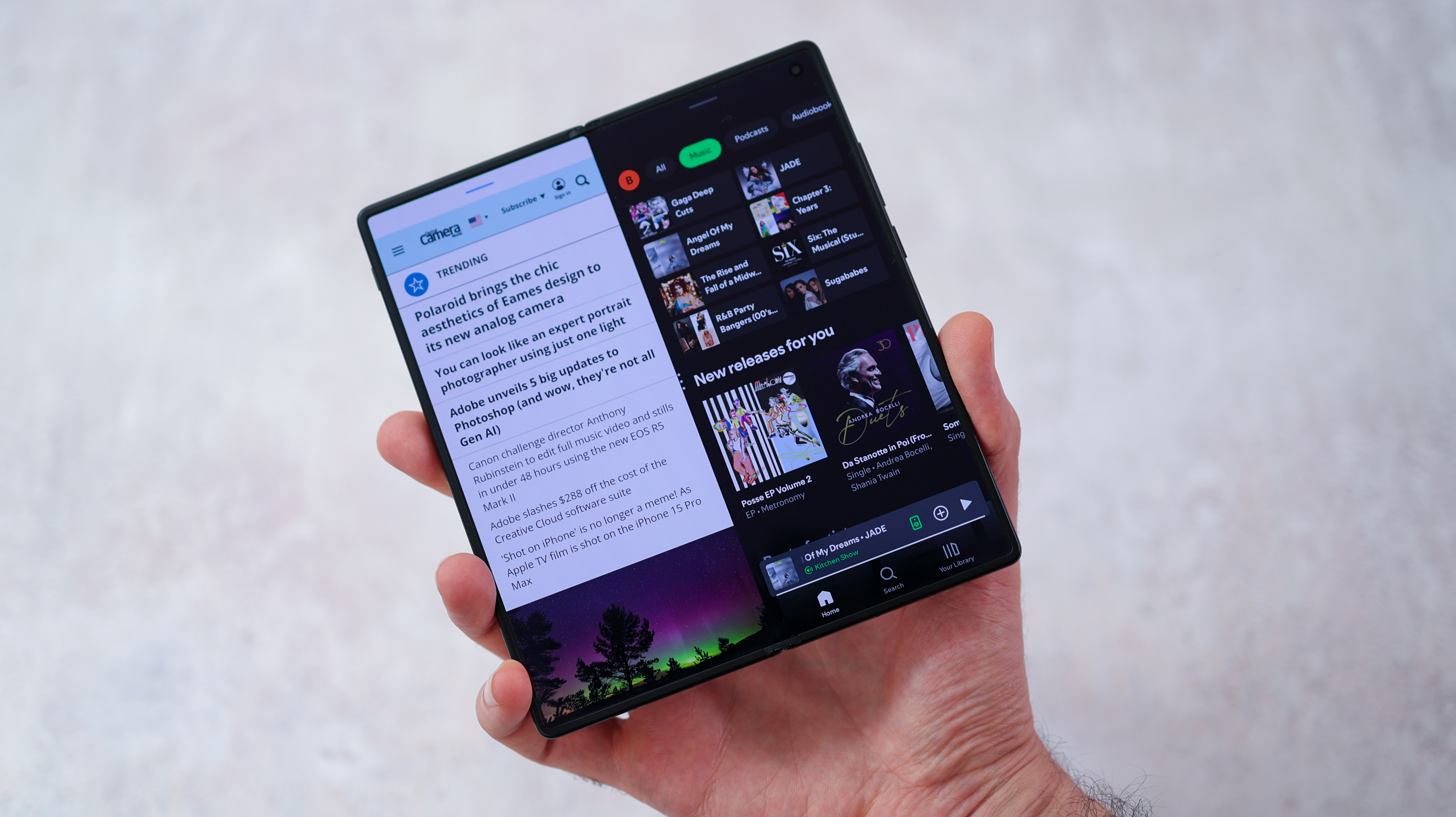
And so, Vivo’s undeniably impressive X100 Ultra and X Fold 3 Pro may be applying pressure on Samsung from a distance, even showing its phones up in areas, but they aren’t taking market share from the Z Fold 6 maker in global markets just yet.
Get the Digital Camera World Newsletter
The best camera deals, reviews, product advice, and unmissable photography news, direct to your inbox!
But this is changing; Vivo has reached an agreement on a patent dispute that has unlocked Western availability. The new Vivo V40 series has been confirmed for Europe as part of a Euro 2024 sponsorship campaign. The rumoured X200 Pro flagship has also popped up on UK carrier EE's databases, bolstering rumours of more widespread launches for the Zeiss partner.
Whether this means we will get an X Fold 3 Pro launch remains to be seen, but we're hopeful that a successor may hit Europe in the future.
Vivo X Fold 3 Pro camera
So why are we covering the Vivo X Fold 3 Pro? Because the phone is a technology showcase, and a peek into the future of foldable smartphone photography.
Starting with the primary camera, its 50MP Omnivision OV50H sensor has a 1/1.3-inch size, and the f/1.68 lens is optically stabilized. This is the biggest sensor of any foldable. The lens also features a Zeiss T* coating to reduce reflection and boost clarity. The ultra-wide camera is powered by a 50MP 1/2.76-inch Samsung JN1 sensor, matched with an f/2.0 lens and it has autofocus so can lock onto close-up subjects and keep everything in focus for landscape shots.
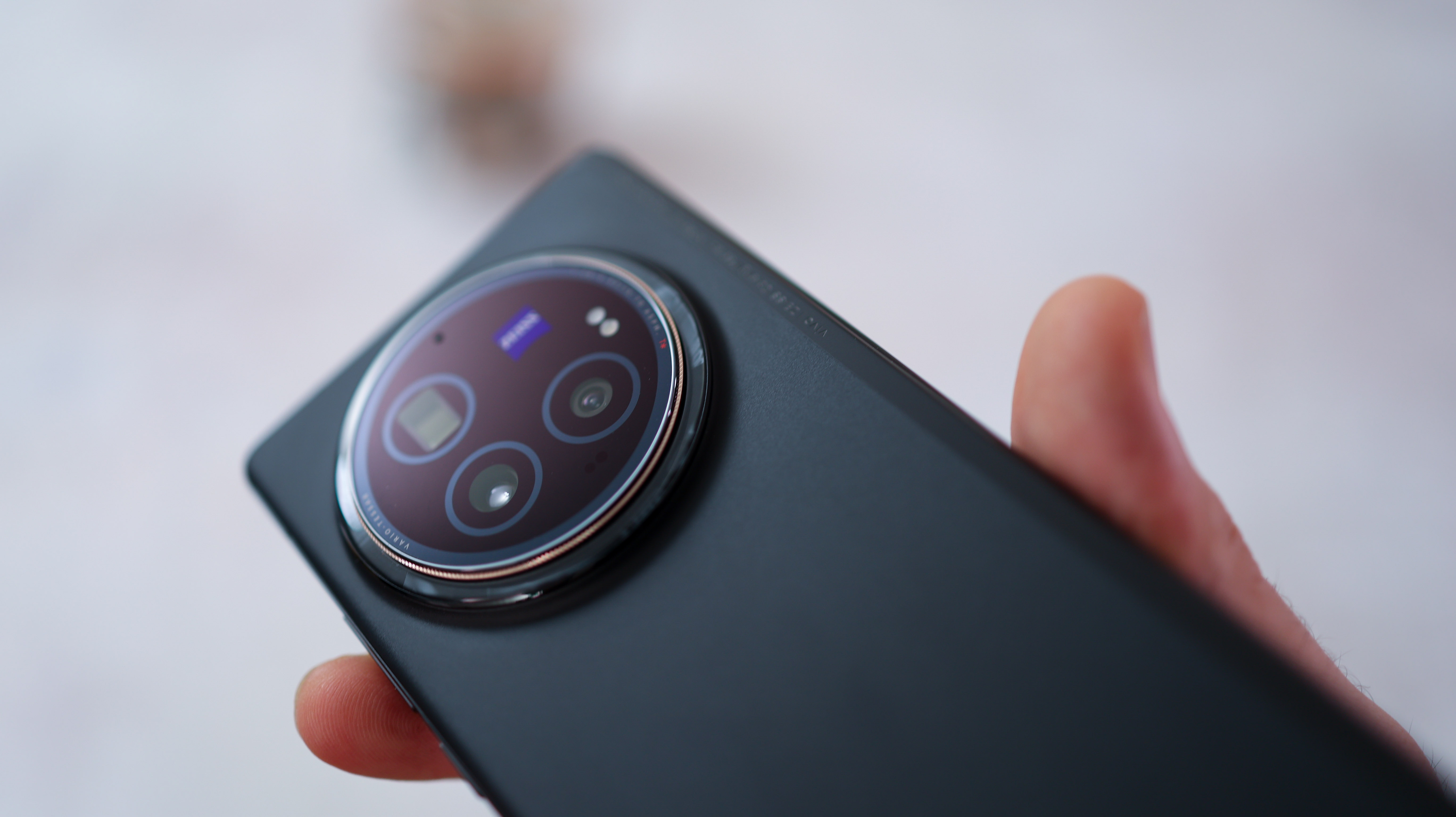
As for the periscope Zeiss telephoto camera, it features a 1/2-inch Omnivision OV64B sensor, an f/2.57 aperture and OIS. The 3x zoom reach might not sound too impressive, but Vivo’s demonstrated how powerful its AI zoom is in the X100 Pro, and this clarity-boosting works to great effect on the X Fold 3 Pro.
We comfortably shot at 10x with usable photos for sharing, and up to 6x for croppable results. The tele camera also supports telemacro capture with a nearest focus distance of around 20cm, making it great for product photography.
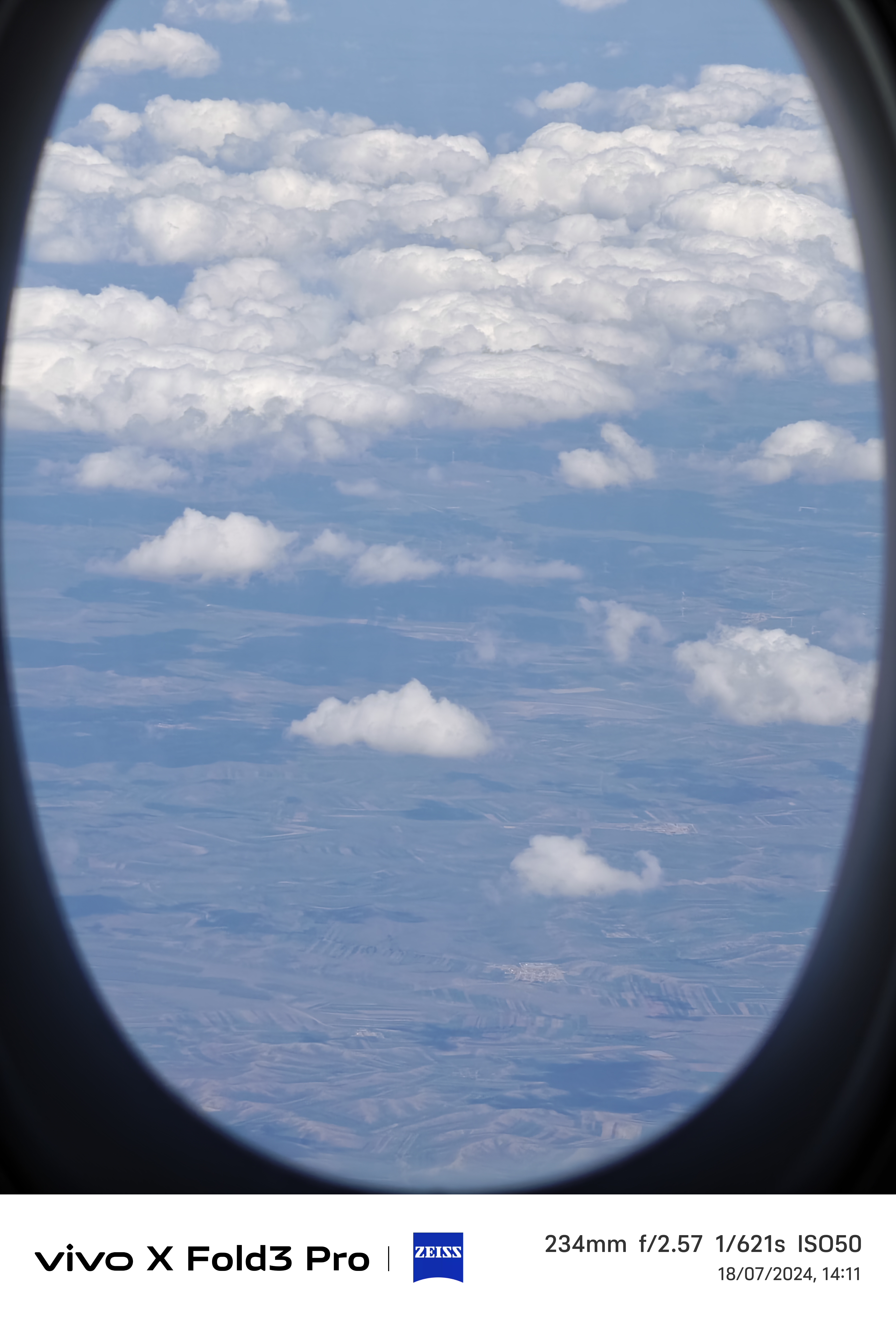
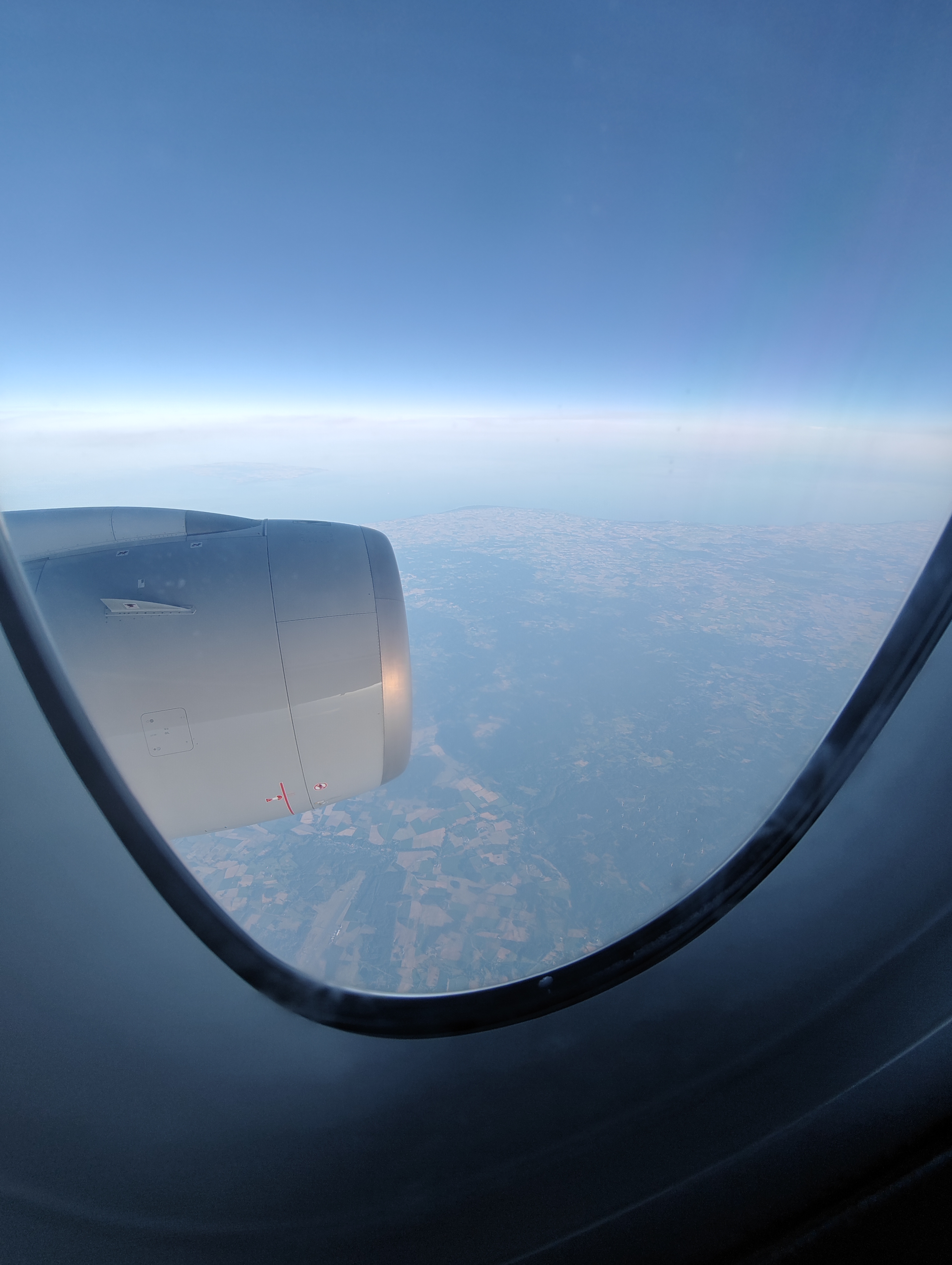
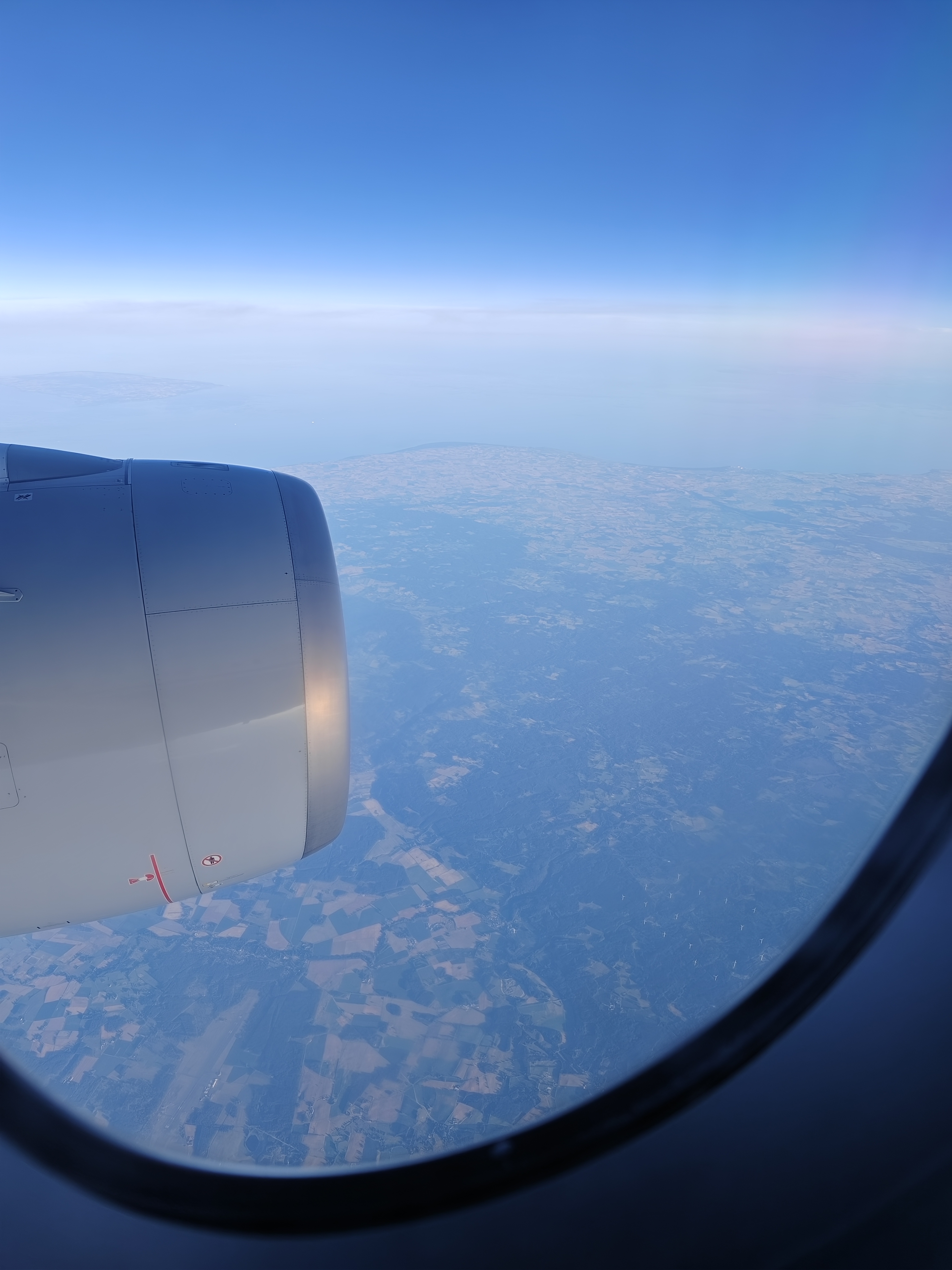
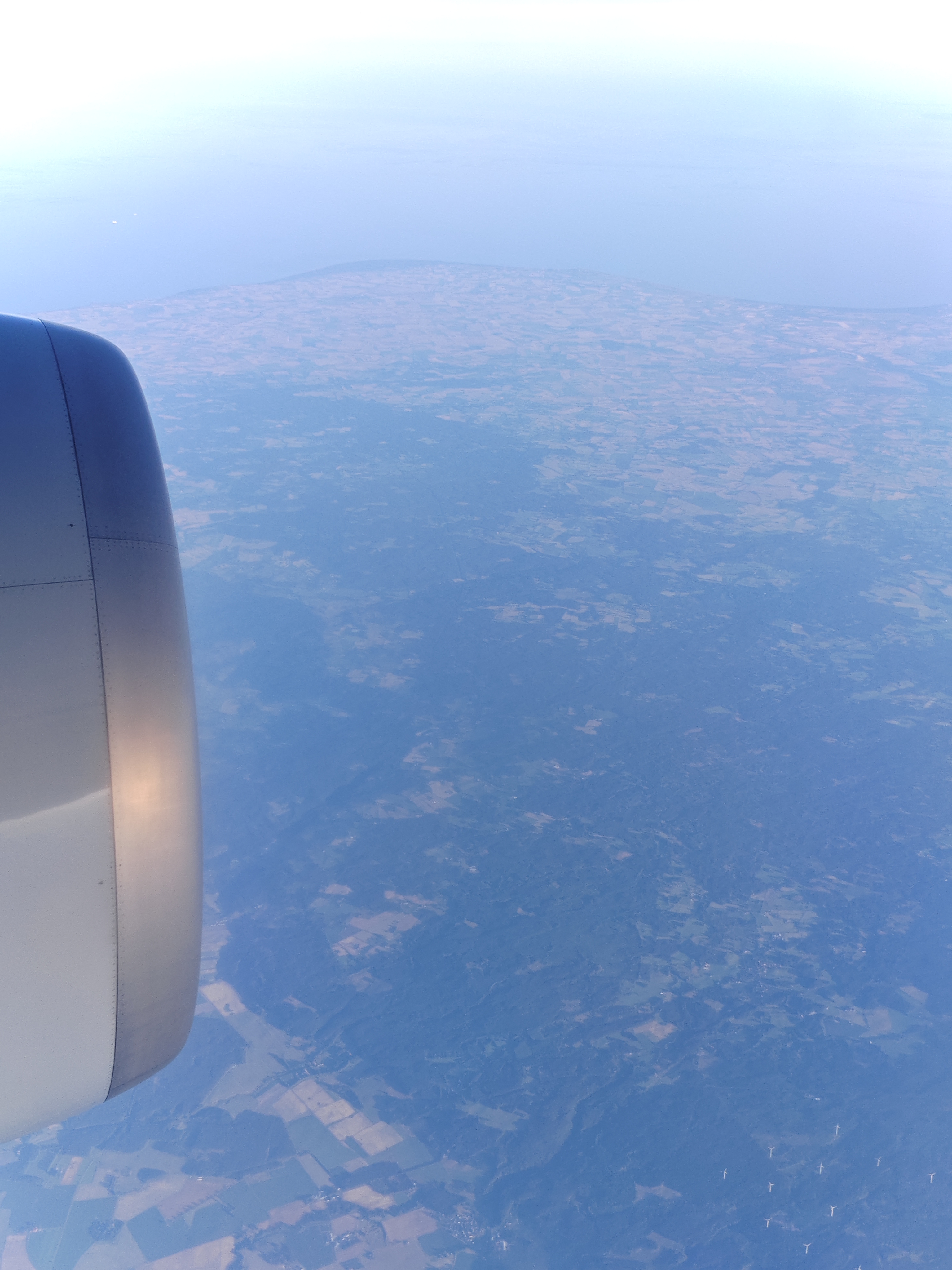
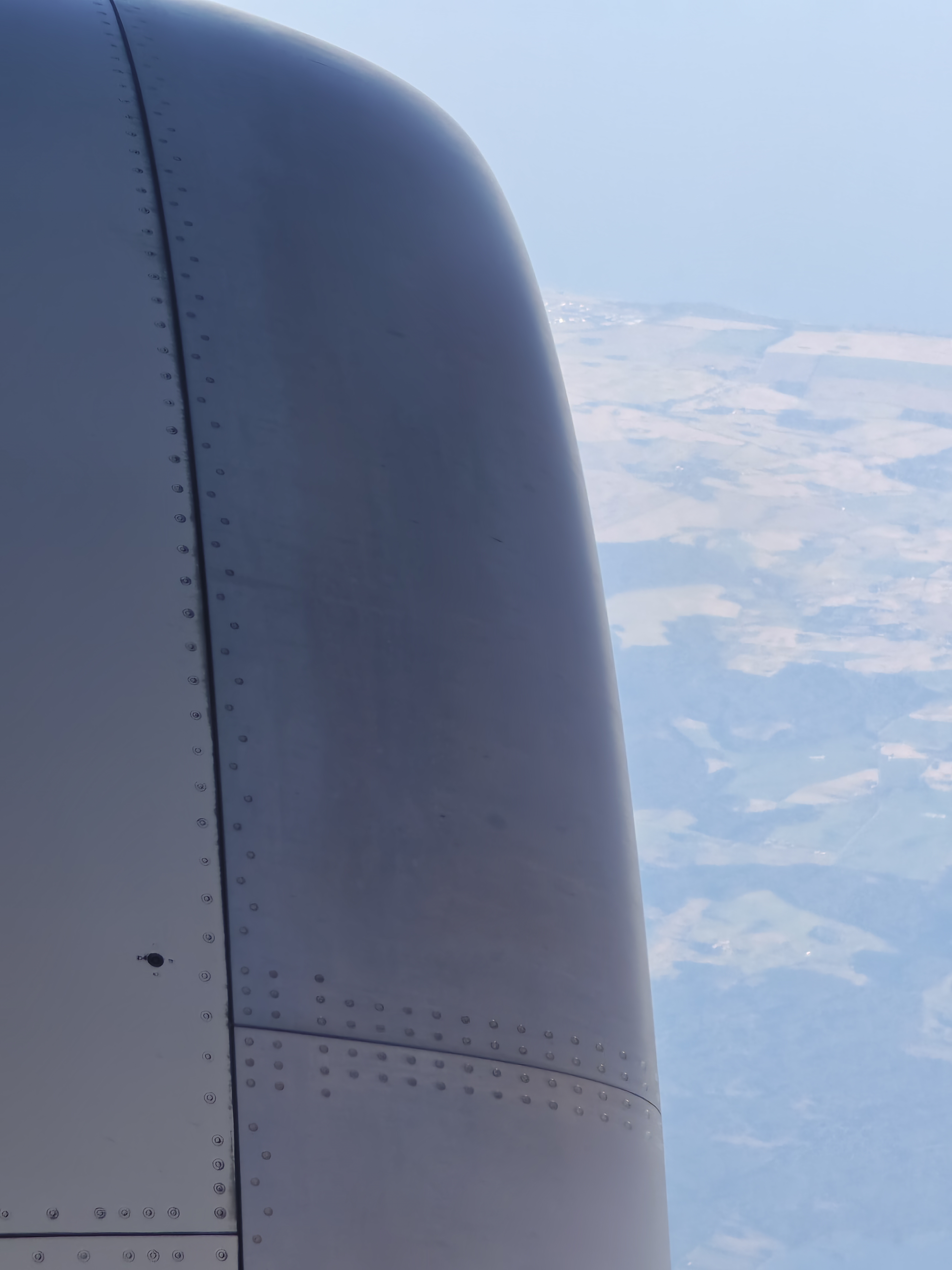
Vivo includes three shooting modes – Vivid, Textured, and Zeiss Natural – and also captures at five optical or digital focal lengths in its Zeiss Portrait Mode capture: 24mm, 35mm, 50mm, 85mm and 100mm. The X Fold 3 Pro also shoots 8K video at up to 30fps, 4K video at up to 60fps, and can shoot at either 8.6 or 24Mbps bit rate.
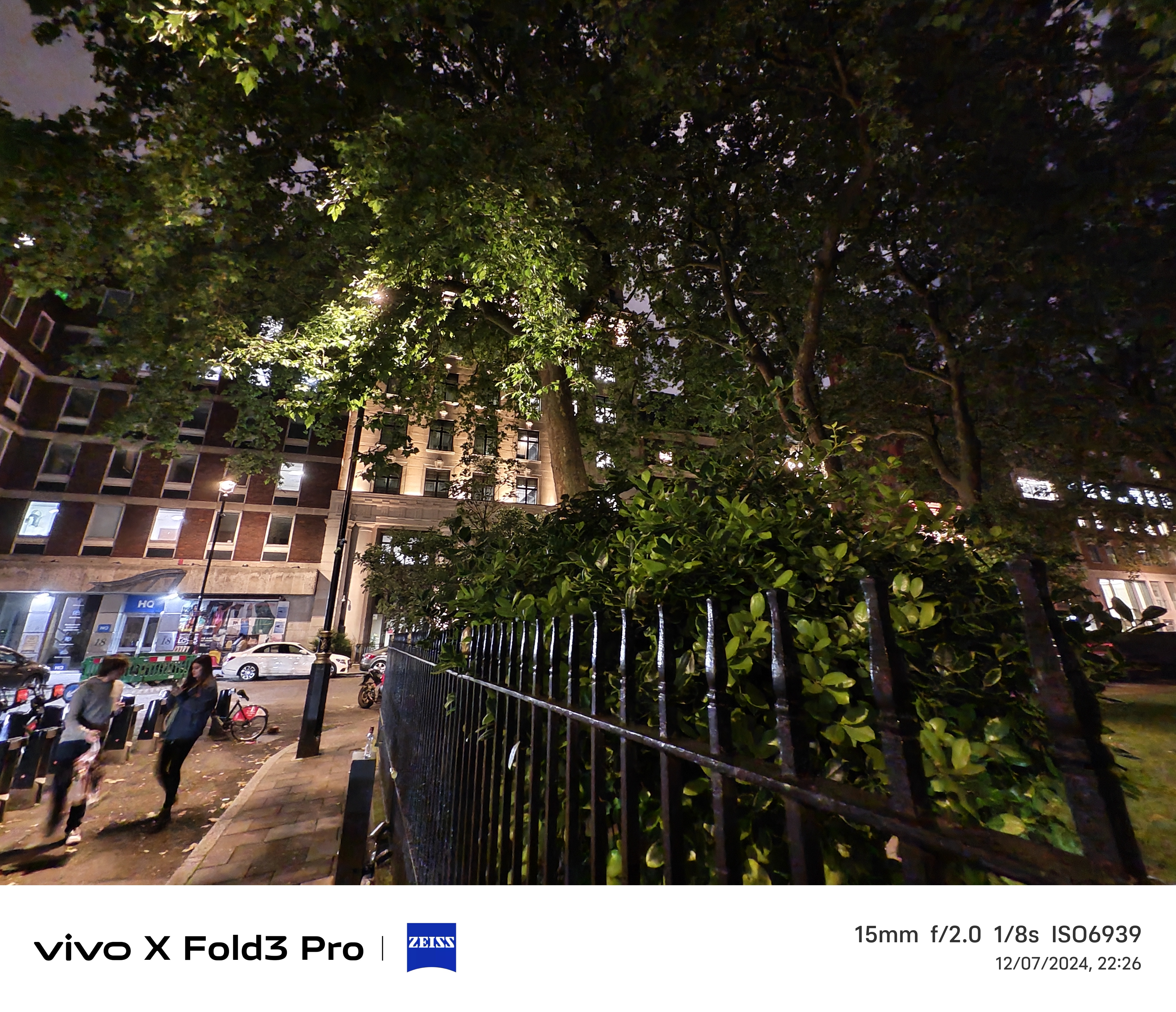
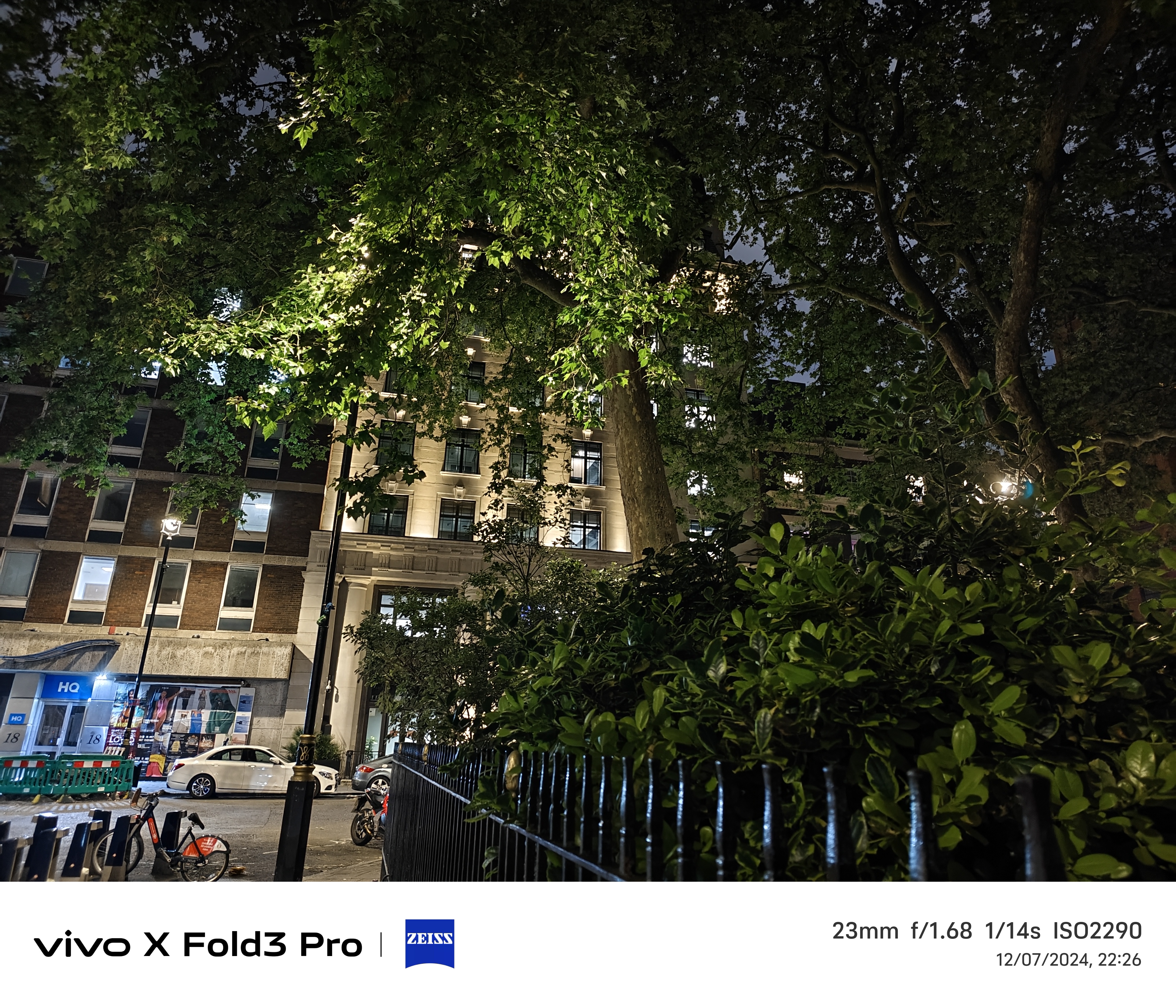

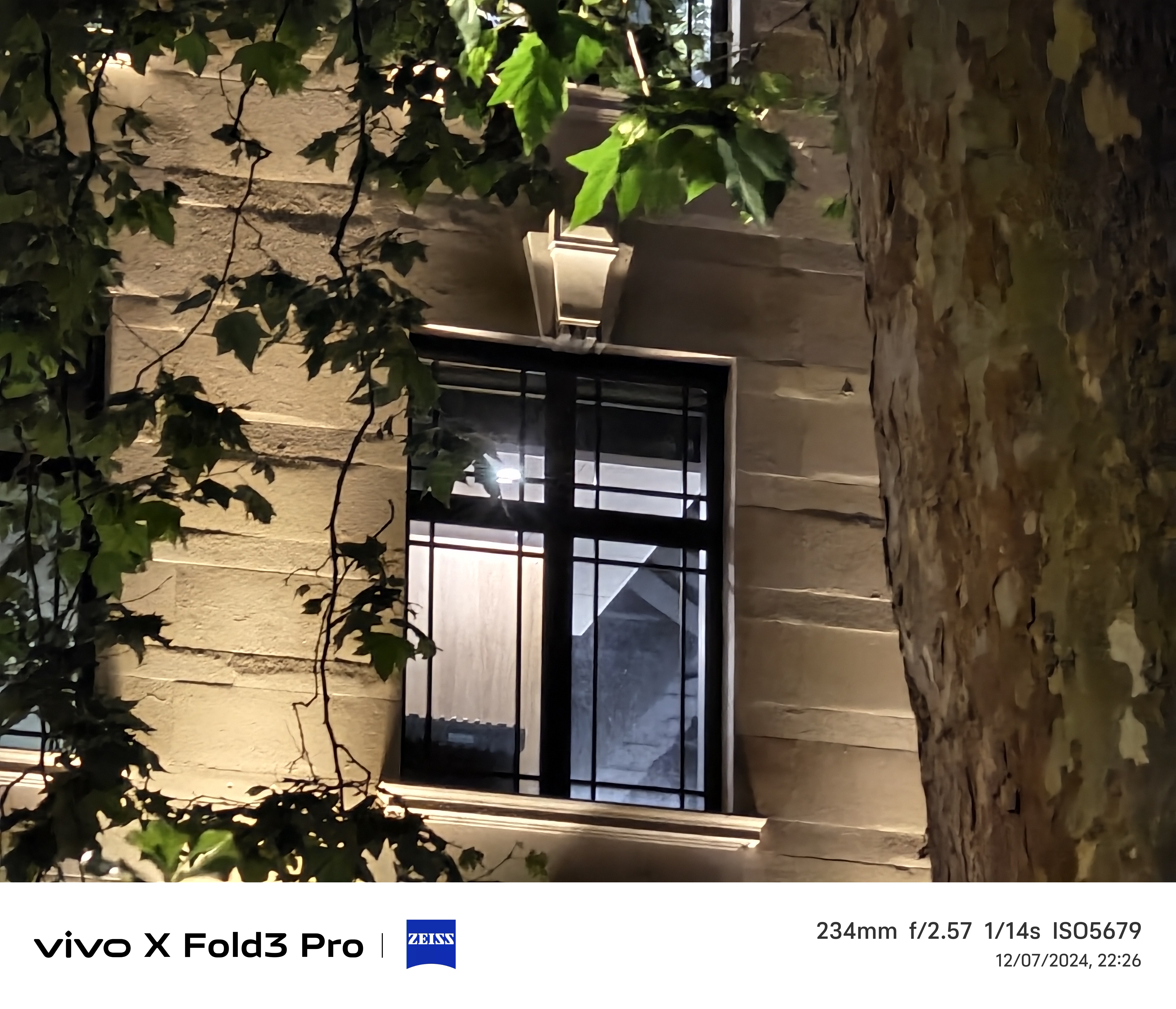
The X Fold 3 also gets Vivo's V3 imaging chip it calls an AI ISP. Built on a 6 nm process, it supports computational photography processing while reducing energy consumption and, according to Vivo, delivers a 30% boost in power efficiency when compared to its prior model. Matched with the high-capacity battery, this bodes well for all-day shooters.
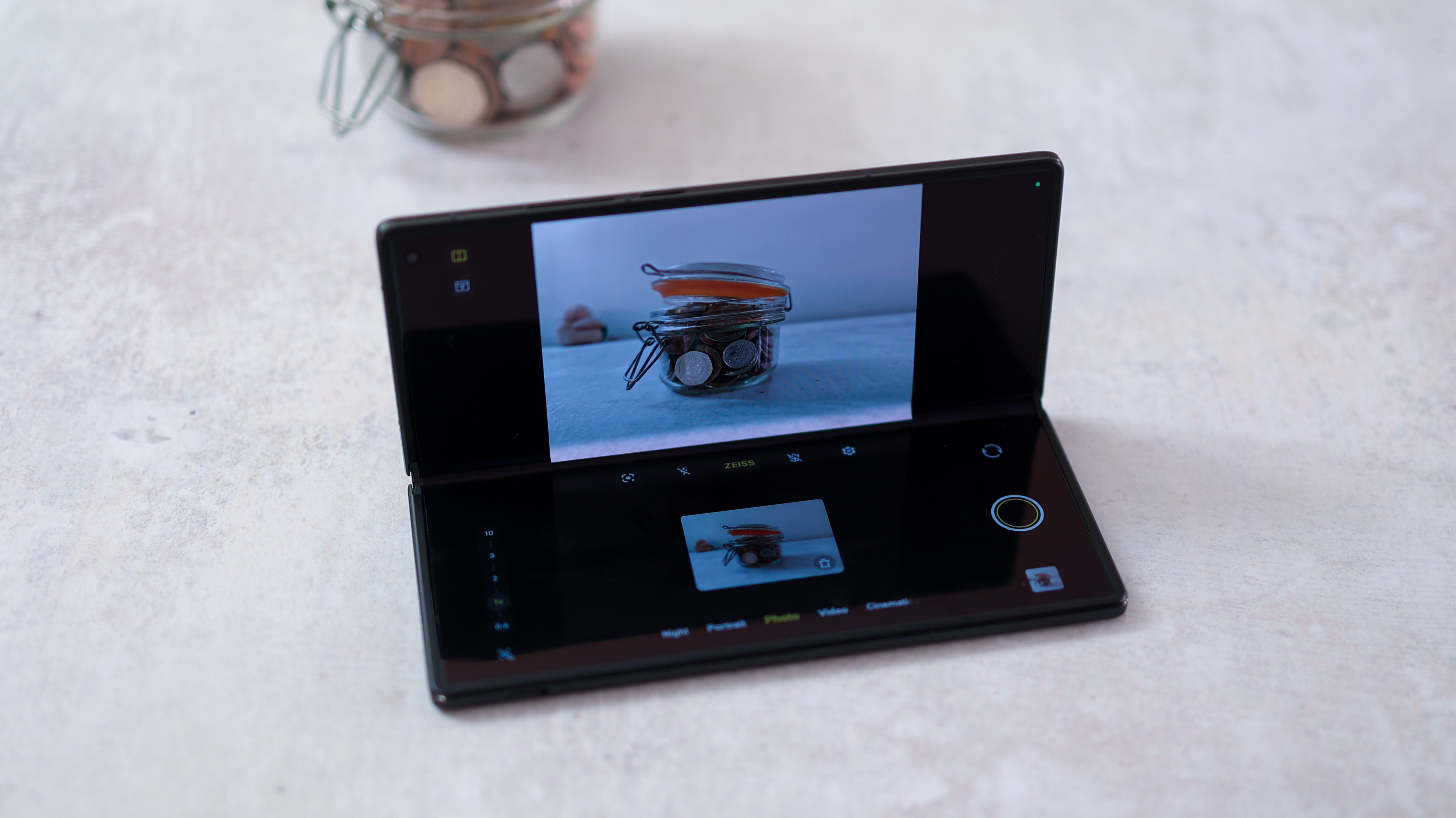
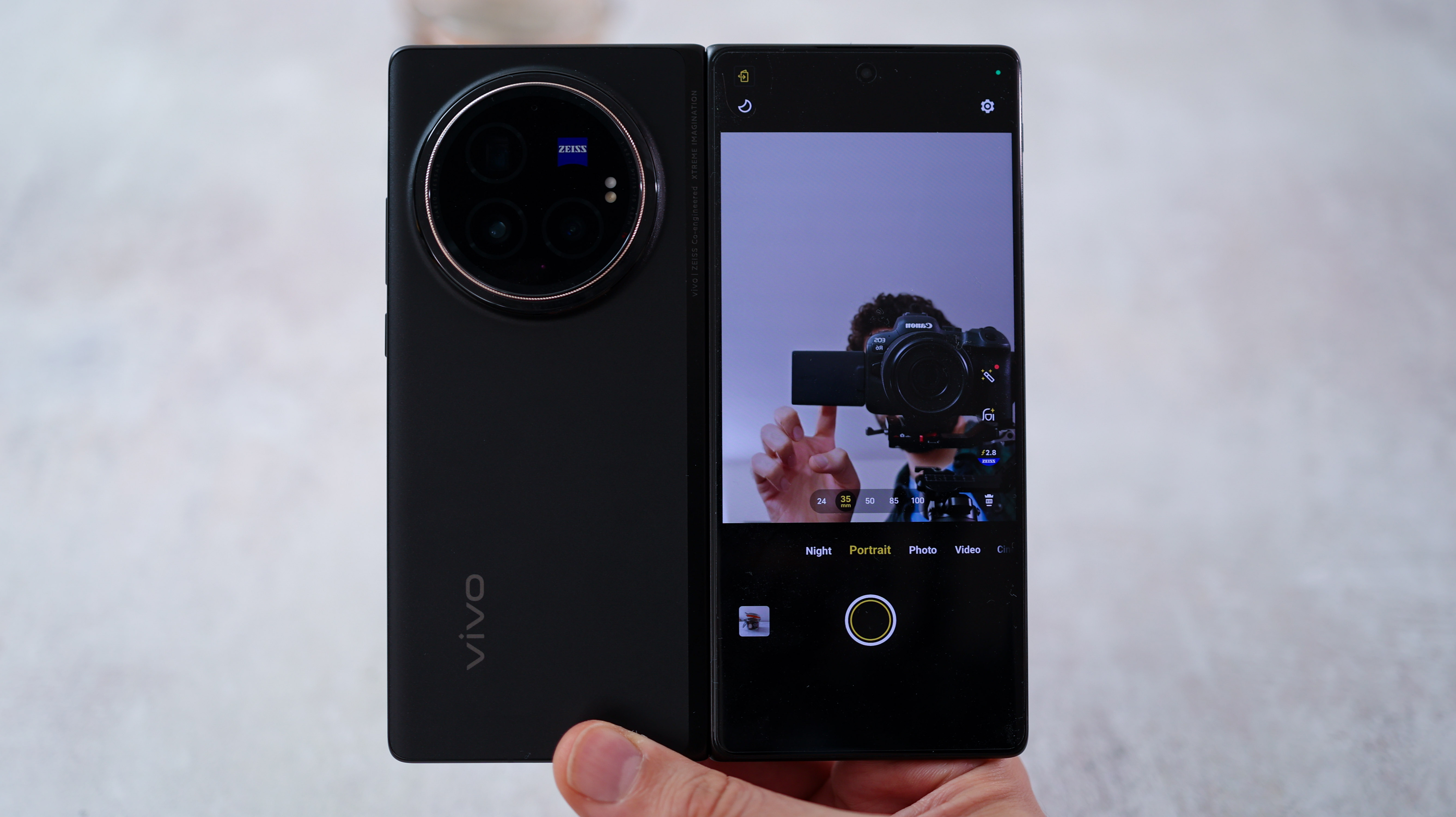
Being a foldable, the X Fold 3 Pro also captures part-folded photos and video. There’s nothing new here, but the fact you can part-fold the phone to steady it works very well with Vivo’s pro mode. You can also take a cover screen selfie and use the main camera, taking full advantage of Vivo’s large primary camera sensor.
This arguably makes the Vivo X Fold 3 Pro the best vlogging phone around. No other phone gives you such a big sensor with a preview of your video, so you can easily frame yourself while benefiting from natural depth separation, and the fast f/1.67 aperture doesn't hurt either.
So after a few weeks with the X Fold 3 Pro, it’s definitely one of the best, if not the best, foldable camera phones we’ve used, especially when it comes to zoom clarity, even if it can’t topple Vivo’s flagship X100 Pro.
Vivo X Fold 3's best-in-class specs
The Vivo X Fold 3 Pro’s 5700mAh battery is the largest of any foldable, much larger than the 4400mAh battery in the Galaxy Z Fold 6, yet at 236g, it’s lighter than the 239g Galaxy. With very fast-charging, a 100W wired charge powers it up fully in just over 30 minutes, and there’s also 50W wireless charging.
Vivo’s the only foldable maker that’s been able to squeeze in two ultrasonic in-display fingerprint scanners – one on the outer screen and one on the inner screen – so even when the screens are wet, you can still unlock the X Fold 3 Pro. And the phone’s screens are also much larger than those of the Z Fold 6, with an 8-inch inner screen versus the 7.6-inch Z Fold 6.
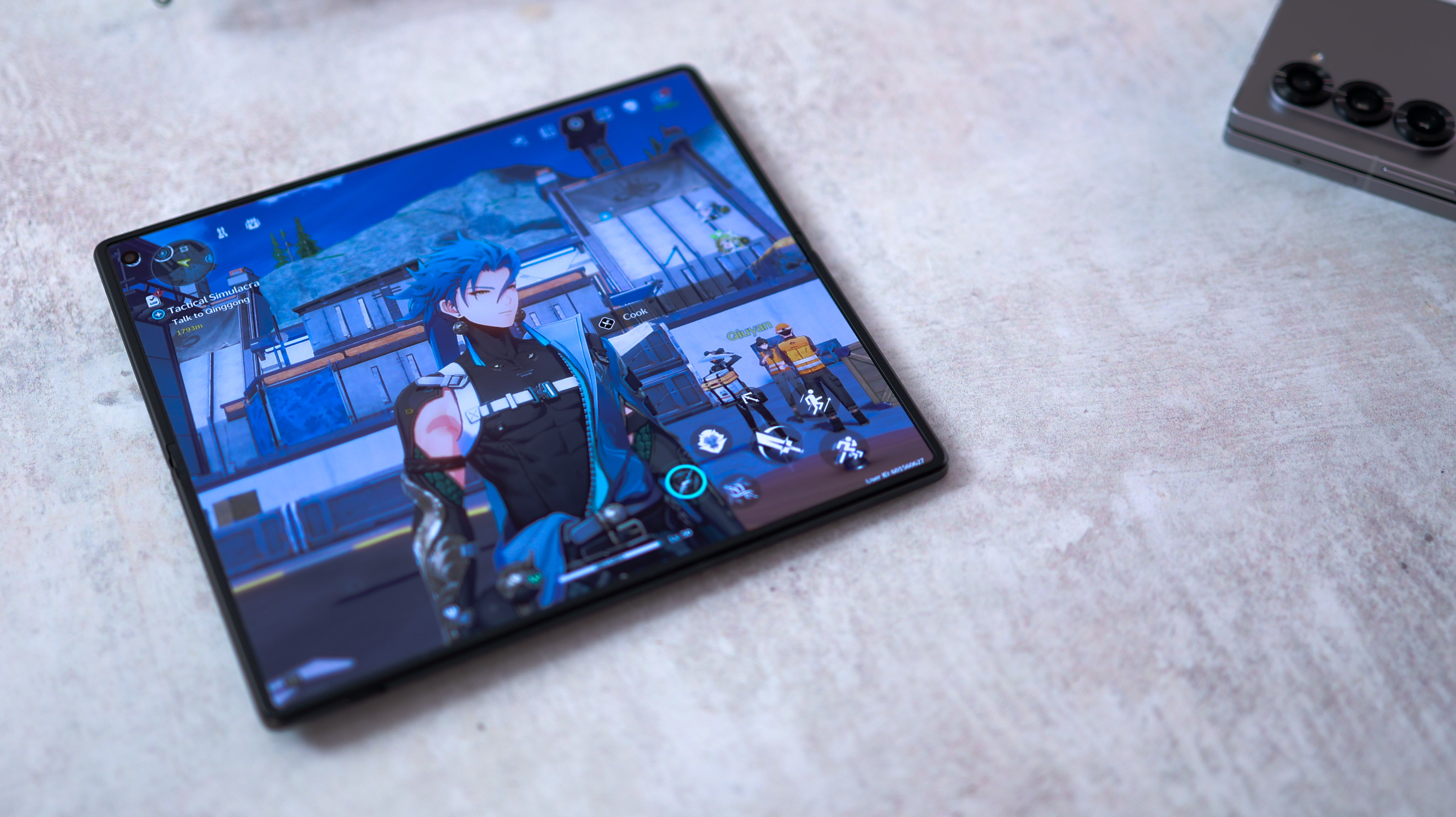
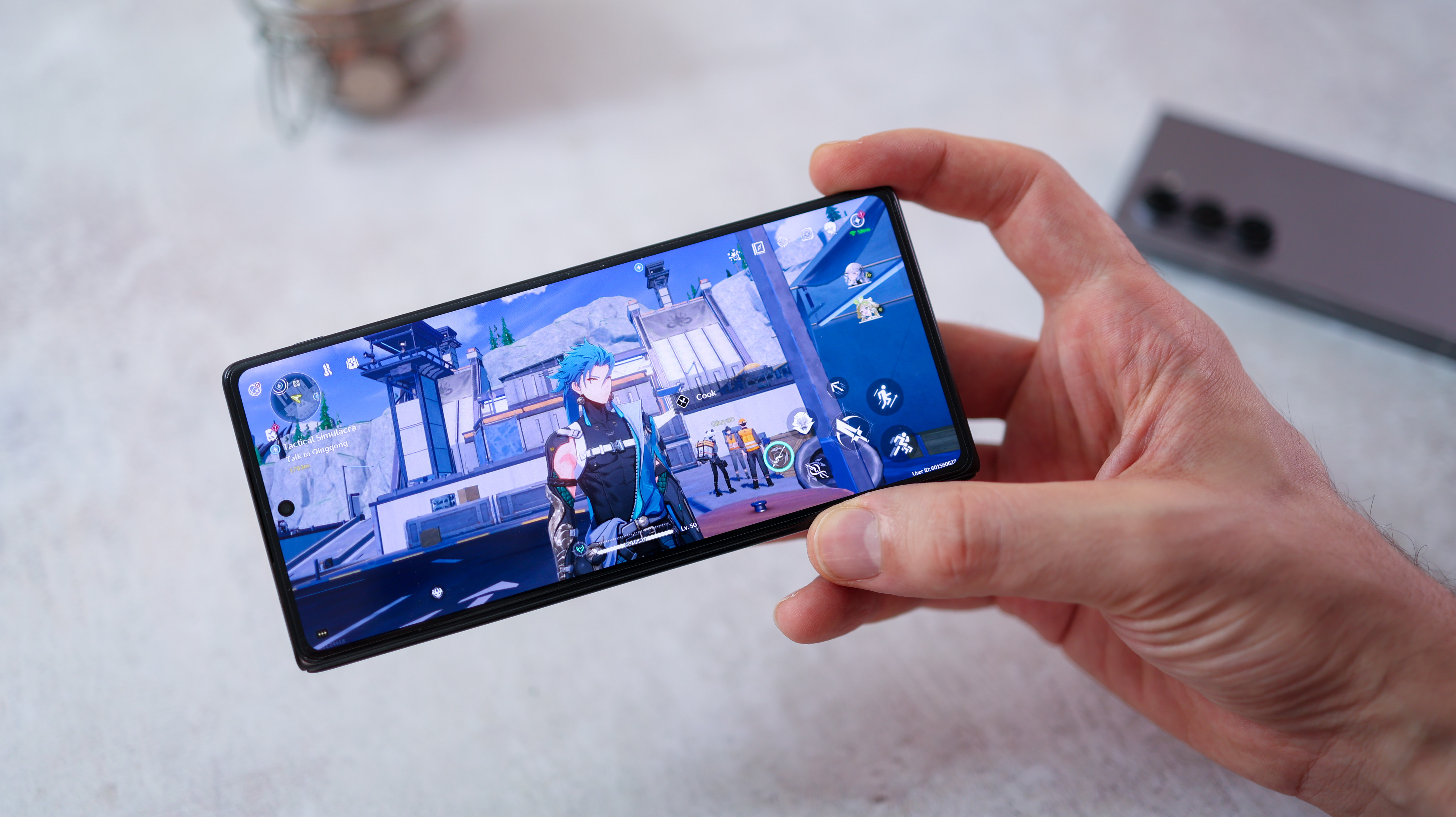
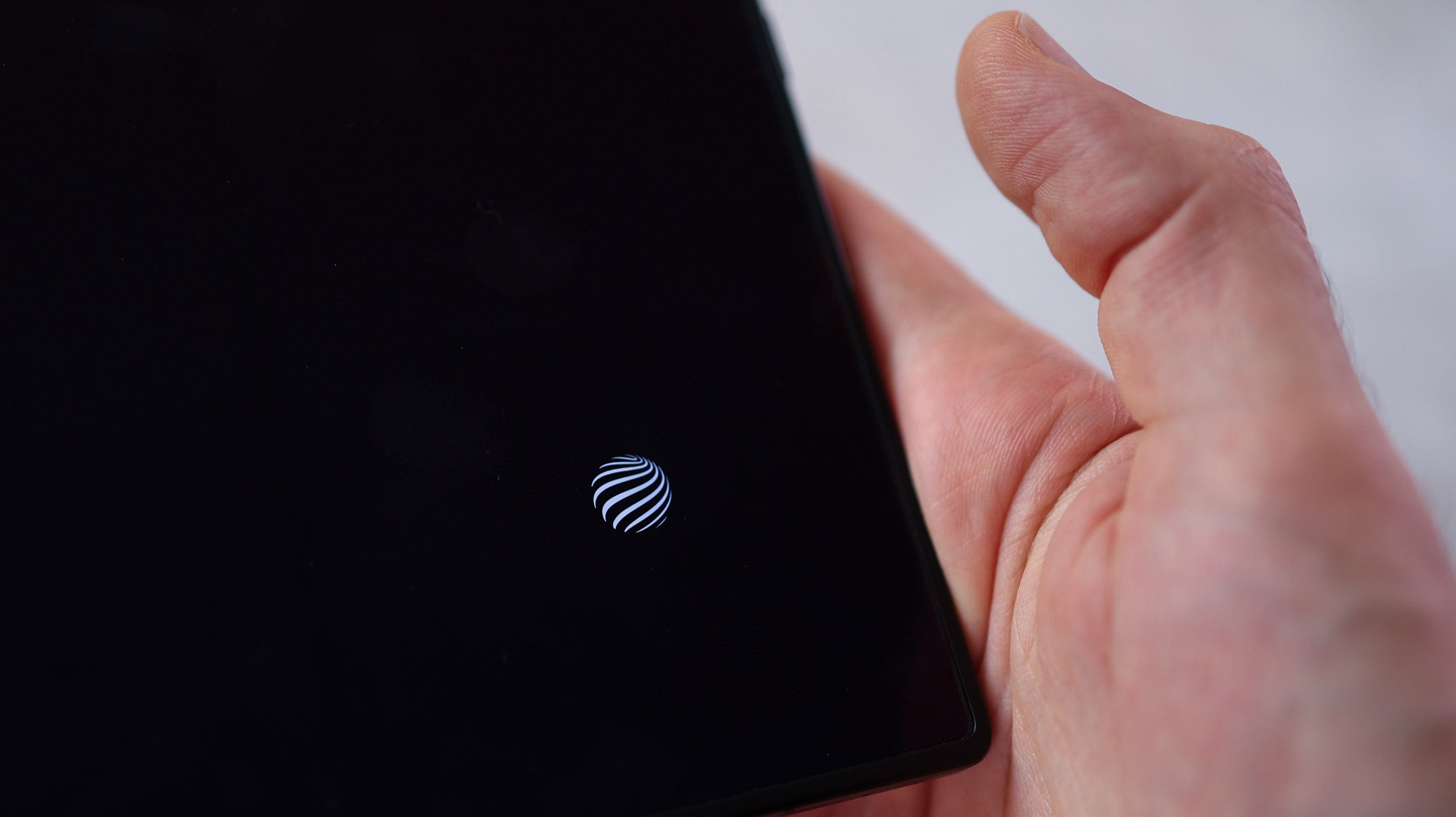
So what can Samsung learn from Vivo?
Before this turns into a Samsung bash-fest, there are many practical ways Samsung’s foldable bests Vivo’s. The Z Fold 6 has pen support with the inner screen, a longer software update promise, better after-sales support in the West, and the phone has a smaller footprint thanks to its smaller screens, which many will prefer.
Samsung is also pushing AI hard, so the Z Fold 6 is a more polished software package. From sketch to image to language tools like website summaries and translation support and tighter integration with popular services like Instagram, it offers a wide range of features.
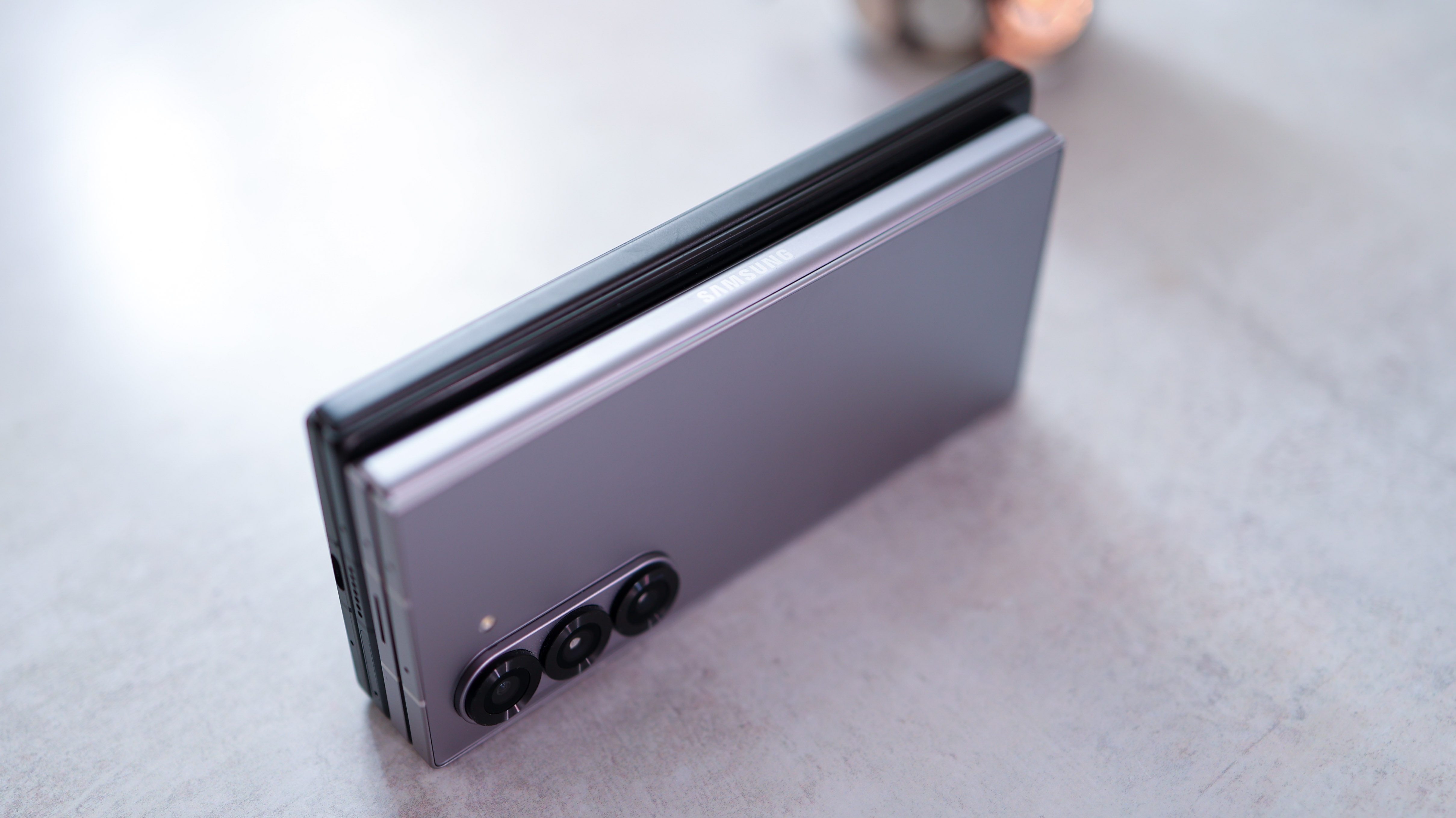
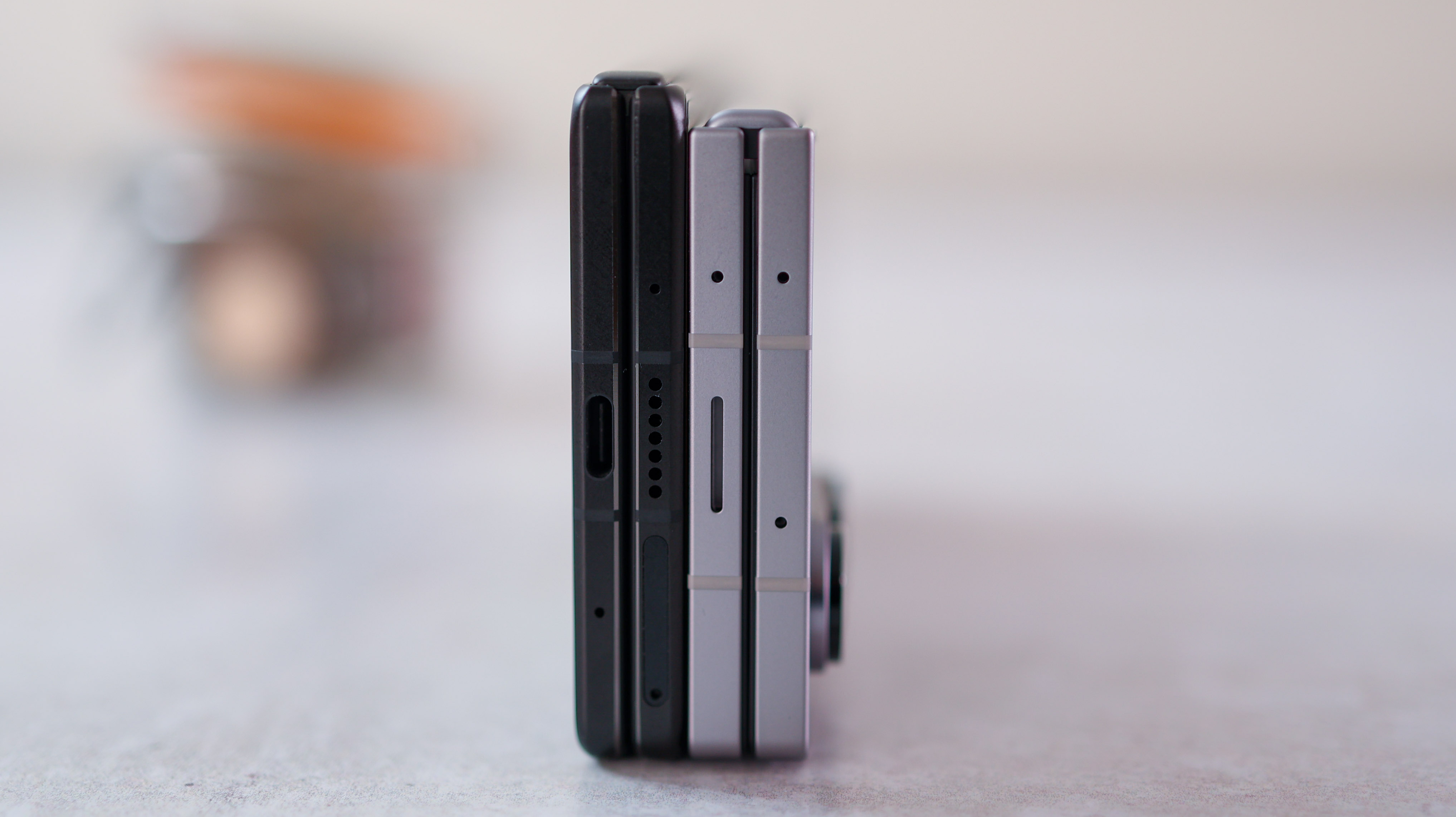

It’s also clear that Samsung’s trying to keep its camera size down. While the OnePlus Open, Xiaomi Mix Fold 4 and Vivo X Fold 3 Pro have huge camera bumps, Samsung’s is a simple strip of relatively subtle cameras. So before we talk about what Samsung can learn from Vivo, it’s important to highlight some of the ways Samsung’s already getting things right for a certain kind of user.
But for us, the main way Samsung can improve its foldable series would be to give into a bigger camera bump and get more specced-out hardware in the Z Fold series. Bigger sensors and better optics are both critical to class-leading photography and video quality, and that’s where Vivo’s nailing it.
So if you’re a photographer on the hunt for the best foldable camera phone, the Vivo X Fold 3 Pro is likely the best flip and fold phone of 2024, followed by the OnePlus Open. But if you want the best after-sales support in the West, where Vivo’s foldable isn’t sold, the Z Fold 6 is still your safest bet.
Check out the best camera phones in 2024
Basil Kronfli is a freelance technology journalist, consultant, and content creator. He trained in graphic design and started his career at Canon Europe before moving into journalism. Basil is also experienced in video production, independently running the YouTube channel TechEdit, and during his time at Future, he worked alongside the Digital Camera World team as a senior video producer.

